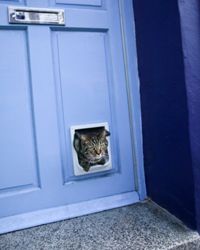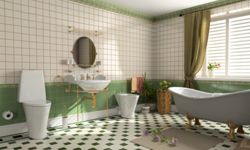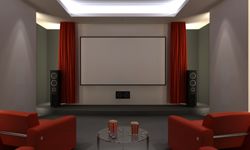When I was younger, I was fascinated by the idea that someday I'd have my very own house. I used to spend hours drawing floor plans and designing where I'd put the furniture, even drawing the furniture to scale and cutting it out to place on my pictures. Of course money was no object, so there were indoor swimming pools, two-story libraries with tall, rolling ladders to reach the top shelves and huge playrooms. At some point, my parents got catalogs from home builders, and I loved looking through all of the different types of homes available and their layouts. This was the 1980s, so I think the fanciest features that most of those homes had were dens, offices, sunrooms and bonus rooms over the garage -- all features that are often considered standard in newly-built houses today.
Today, people are building homes with rooms and features that my eight-year-old mind probably couldn't even imagine. If the sky were the limit, what would your dream home include? Would you construct it to suit your own very specific tastes, or would you keep in mind things like resale value? Not only do interior decorating tastes change, but so do home designs in general. (If you don't believe me, check out the tiny closet and bathroom in the so-called "master bedroom" in my late '70s-era house.)
Advertisement
Read on to check out the best things to build into your home today that people who live in your home in the future might also enjoy, too.




